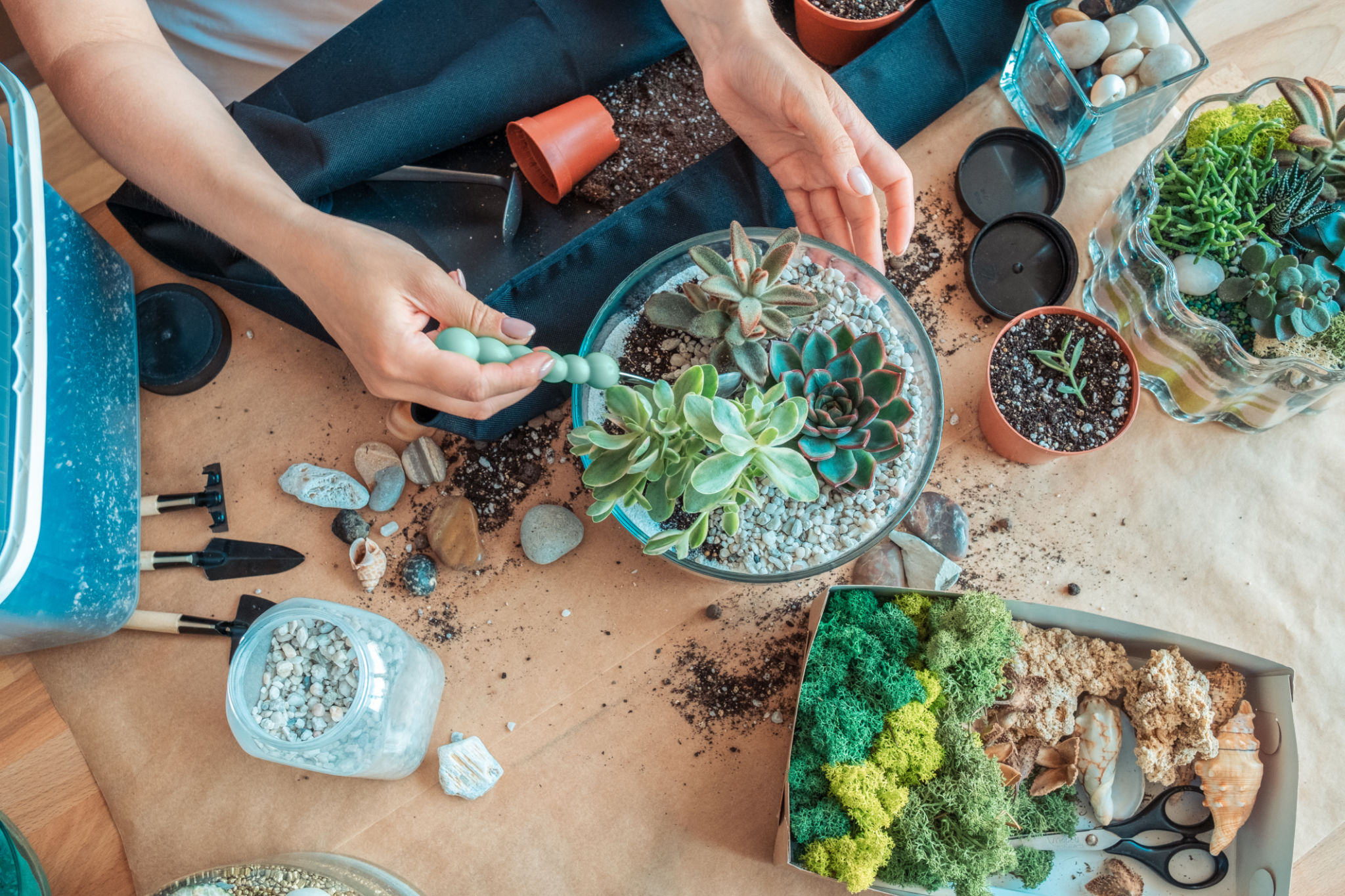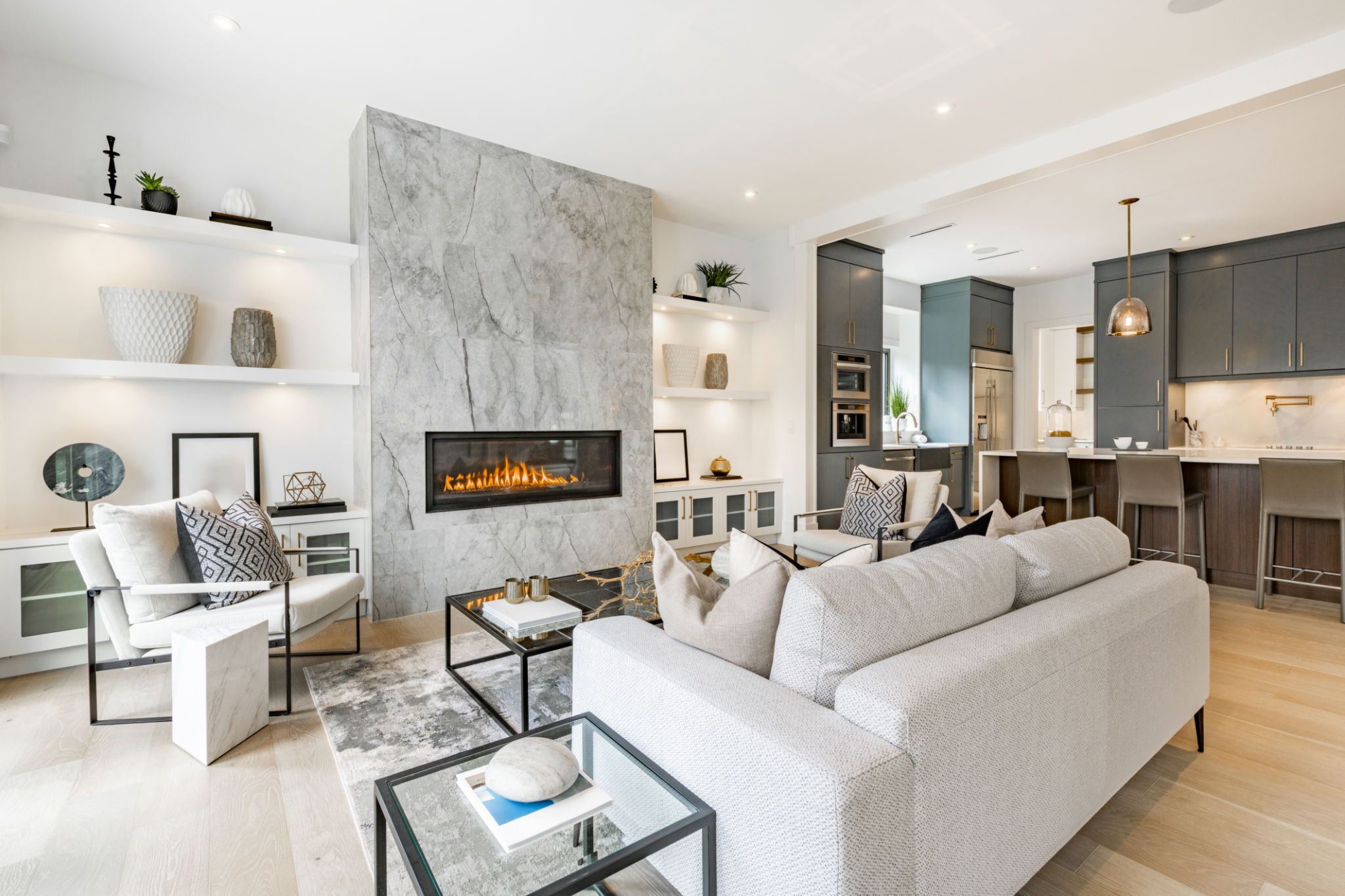The Ultimate Guide to Choosing the Right Terrarium for Your Space
Understanding Terrarium Types
Terrariums come in various shapes and sizes, each designed to accommodate different plant types and space requirements. Understanding the different types of terrariums is essential for choosing the right one for your space. The most common types include open terrariums, closed terrariums, and hanging terrariums.
Open terrariums are ideal for succulents and cacti, as they allow for ample air circulation and prevent excess moisture buildup. On the other hand, closed terrariums create a humid environment perfect for tropical plants like ferns and mosses. Hanging terrariums add a decorative touch and are great for small plants that thrive in indirect light.

Consider Your Space
Before selecting a terrarium, consider the space where it will reside. Terrariums can serve as a focal point in a room or complement existing décor. Think about the available light, temperature, and size of the area.
If you have limited space, opt for a smaller terrarium or a hanging option. For larger spaces, consider a statement piece like a large glass bowl or a geometric terrarium.

Lighting Requirements
Lighting is crucial for the health of your terrarium plants. Consider how much natural light your space receives throughout the day. Open terrariums generally require more light, while closed terrariums can thrive in lower-light conditions.
If your space lacks natural light, you might need to invest in artificial grow lights to ensure your plants receive adequate illumination.
Choosing the Right Plants
Selecting the appropriate plants for your terrarium is vital for its success. Some plants thrive in humid environments, while others prefer dry conditions. Consider the climate of your space and choose plants accordingly.
- Succulents and cacti are perfect for open terrariums with plenty of sunlight.
- Tropical plants like ferns and orchids do well in closed terrariums with high humidity.
- Air plants can be used in hanging and open terrariums.

Maintenance and Care
While terrariums are generally low-maintenance, they still require some care to thrive. Regularly monitor the moisture levels, especially in closed terrariums, to prevent mold growth. Trim any dead leaves or overgrown plants to maintain a healthy ecosystem.
For open terrariums, ensure that the soil is dry between waterings to prevent root rot. Closed terrariums may need watering less frequently due to their self-sustaining nature.
Accessorizing Your Terrarium
Adding decorative elements to your terrarium can enhance its visual appeal. Consider incorporating stones, figurines, or miniature furniture to personalize your terrarium. These accessories can complement the plants and make your terrarium a unique piece of art.

In conclusion, selecting the right terrarium involves understanding your space constraints, lighting conditions, and plant preferences. With careful consideration and a bit of creativity, you can create a stunning indoor garden that brings nature into your home or office.